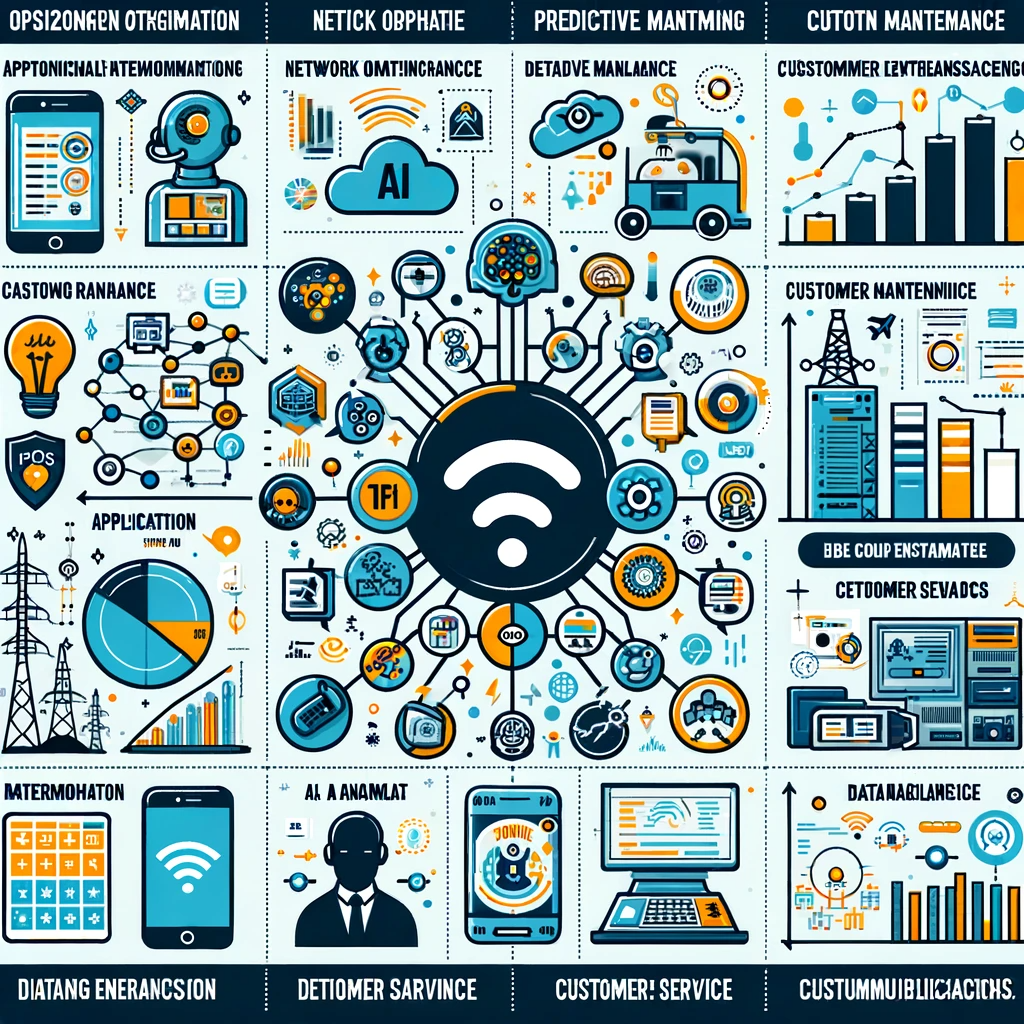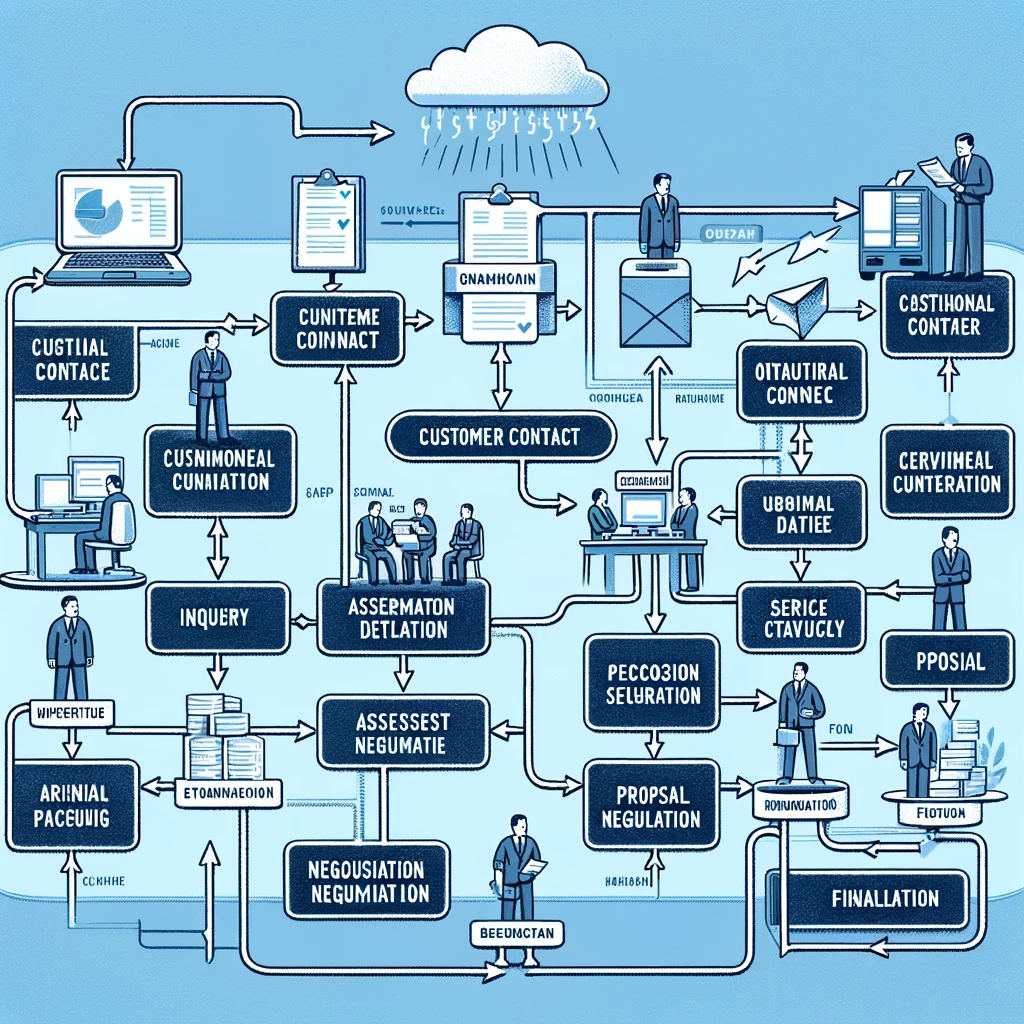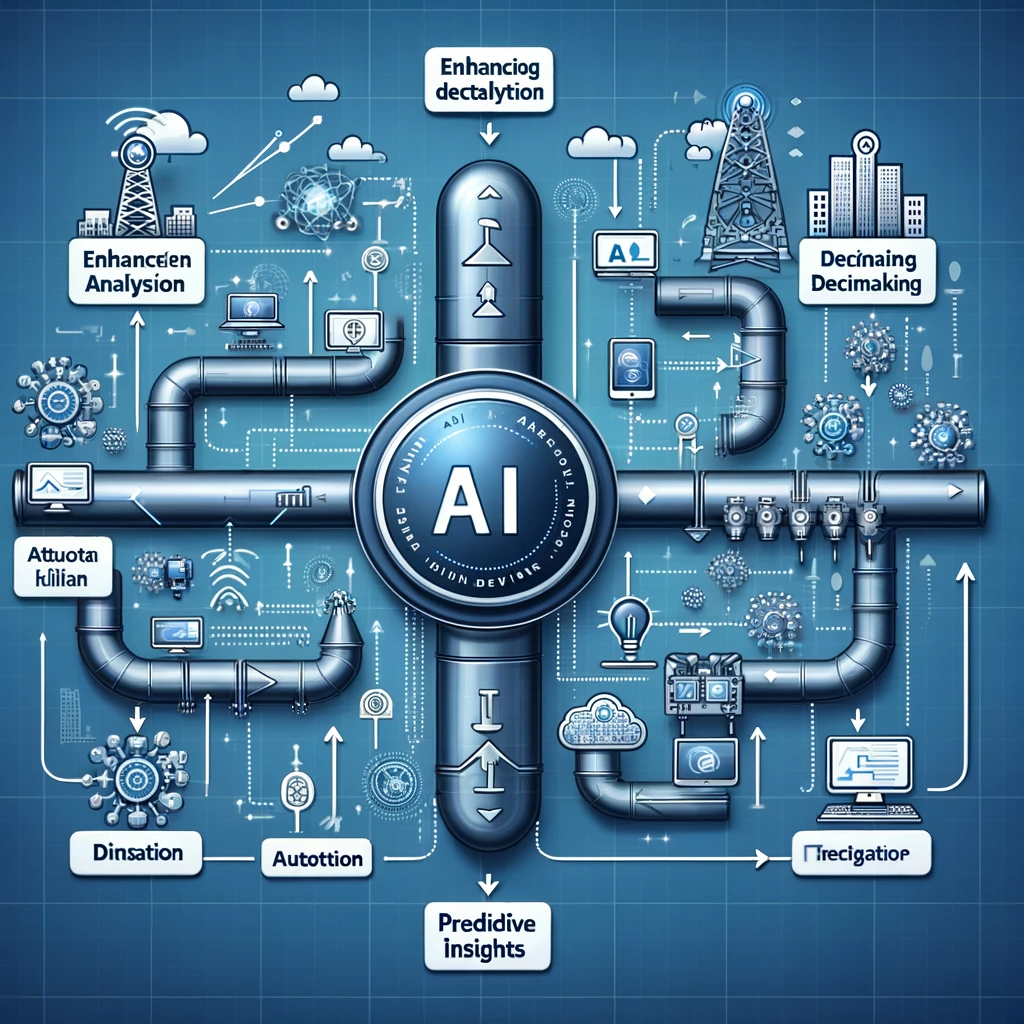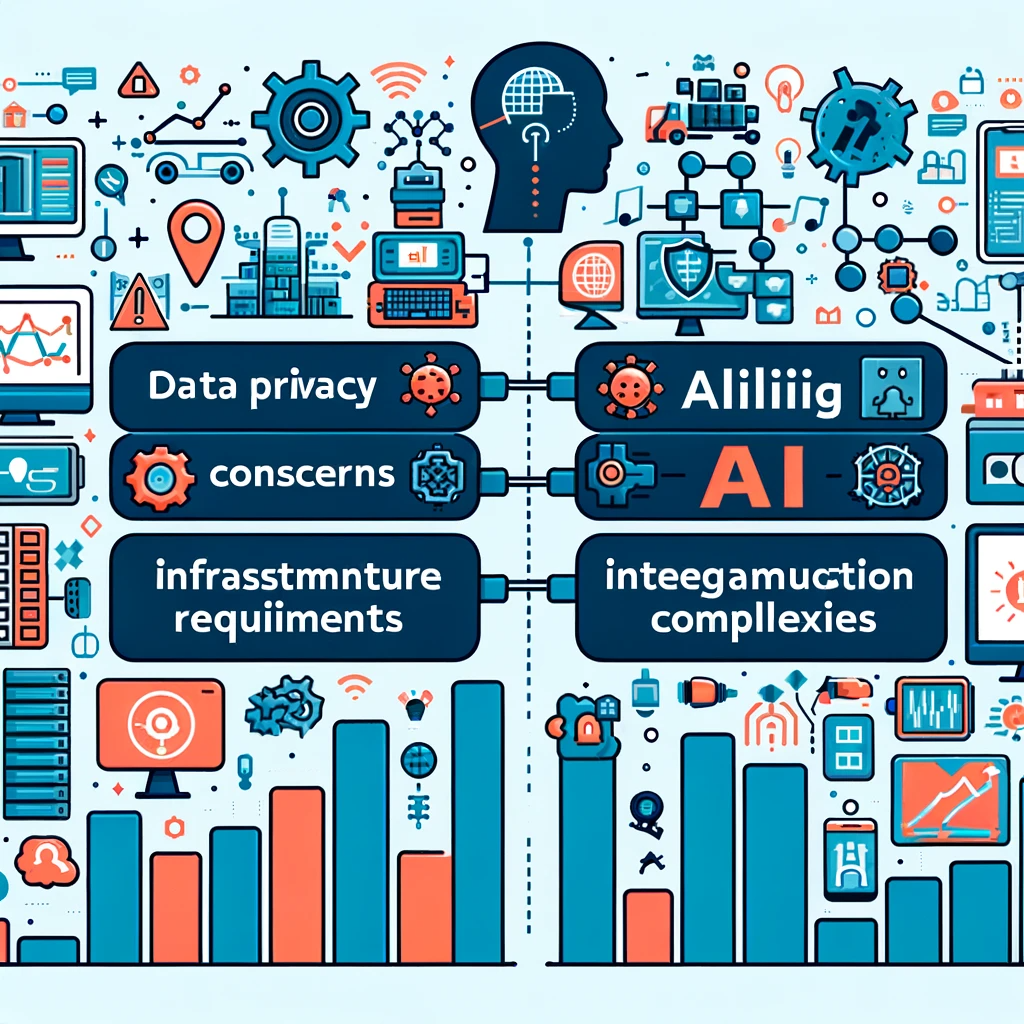Introduction
The telecom industry stands at the forefront of technological innovation, with Artificial Intelligence (AI) playing a pivotal role in reshaping its landscape. AI’s potential to transform pipeline generation processes – a critical aspect for telecom companies – is immense, promising enhanced efficiency, customer satisfaction, and profitability.
Understanding AI in Telecom
AI is revolutionizing the telecom industry in numerous ways. From optimizing network operations to providing personalized customer service, the applications are both varied and impactful.
(Discover how AI is making a difference through McKinsey’s report titled “The AI-native telco: Radical transformation to thrive in turbulent times.” This detailed case study explores how telecom companies are leveraging AI to reimagine their core business processes, including hyper-personalization in sales and engagement, proactive service strategies, and the development of self-healing, self-optimizing networks. This transformation is crucial for telecom companies to thrive in an increasingly competitive and dynamic market.Read the full McKinsey report on AI in Telecom.)
Network optimization through AI involves analyzing traffic data in real-time to enhance bandwidth allocation and reduce operational costs. Predictive maintenance, another AI application, utilizes data analytics to predict equipment failures before they occur, ensuring uninterrupted service. Additionally, AI enhances customer service by powering chatbots and personalized recommendations, significantly improving user experience.

The Pipeline Generation Process
In telecom, a pipeline typically refers to the flow of processes from customer acquisition to service delivery. This includes stages like inquiry, assessment, proposal, negotiation, and finalization. Traditionally, these processes have been manual and time-consuming.
(To understand the balance between the benefits of AI and the need to protect individual liberties and privacy in this context, consider reading a chapter from the “Asilomar, California Conference on Beneficial AI.” Authored by Fabio Morandín-Ahuerma and published in September 2023, this work explores the ethical implications and privacy concerns related to AI technologies in depth. It’s available on ResearchGate.)

Integrating AI into Pipeline Generation
The integration of AI into pipeline processes revolutionizes these traditional methods.By employing AI, telecom companies can automate and optimize each step of the pipeline. AI algorithms can analyze customer data to identify potential leads, automate routine tasks in the customer service department, and provide predictive analytics for network maintenance. This not only streamlines operations but also offers a more personalized customer experience.

Challenges and Solutions
Implementing AI in telecom is not without its challenges. Data privacy is a significant concern, especially with the increasing amount of user data being processed. Infrastructure requirements for AI are also substantial, needing significant investment.However, these challenges can be overcome. For data privacy, employing robust encryption methods and adhering to regulatory standards can ensure data security. Addressing infrastructure requirements involves strategic investment in AI capabilities and partnerships with technology providers.

Conclusion
The integration of AI in the telecom industry’s pipeline generation is not just a trend but a necessity for staying competitive in a rapidly evolving digital landscape. As technology continues to advance, the role of AI in telecom will only grow, offering even more innovative solutions and opportunities.
Explore AI telecom software and tools.

